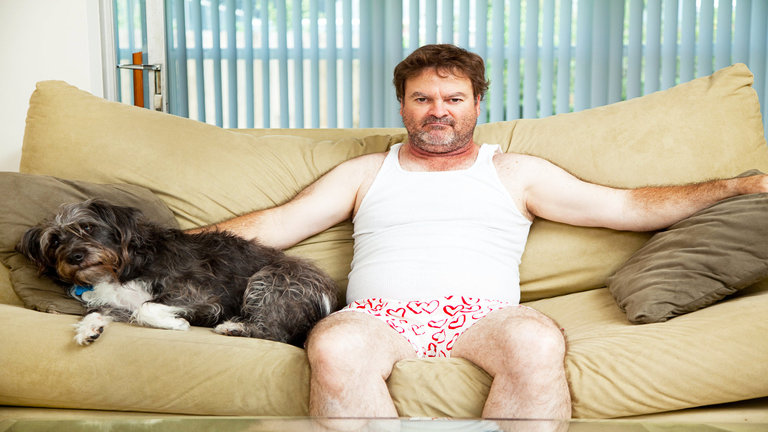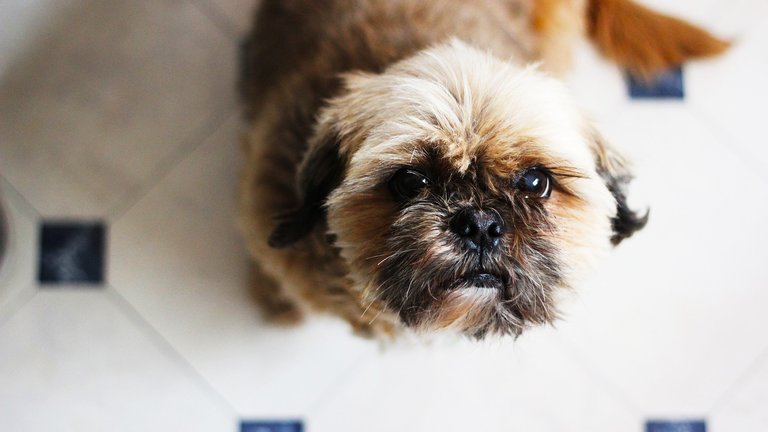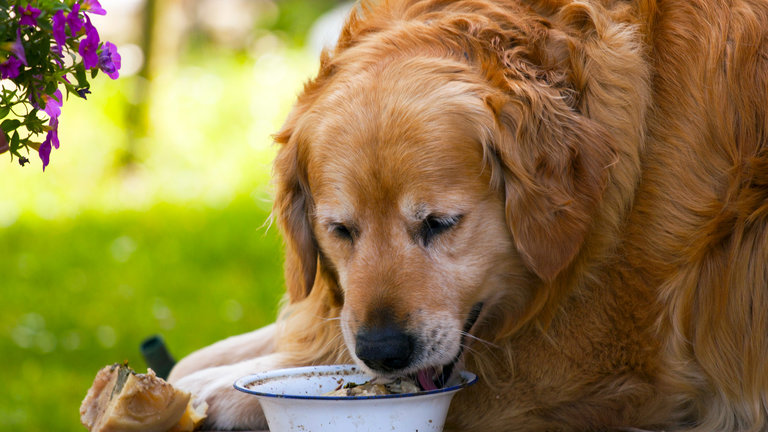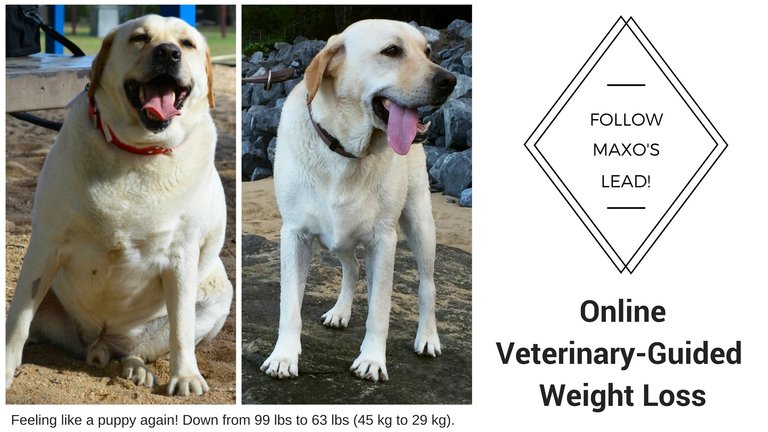Do You Have an Obese Dog? 5 Reasons Behind the Pet Obesity Epidemic
Dog Obesity is the number one chronic disease of dogs!
Take a walk down the local park or beach and you’d think the dog population is a fit bunch. But a different picture hides behind many backyard fences. Our overweight and obese dog population is growing with no signs of slowing. Pet obesity has become a worldwide issue!
Obese Dog Statistics:
- 56% of dogs in the USA are classified as overweight or obese dogs
- 45% of dogs in Australia are classified as overweight or obese dogs
- 40% of dogs in the UK are classified as overweight or obese dogs
- And this weighty issue is replicated in many other countries across the world. View Dog Obesity Infographic.
Dog Obesity: What's driving this overweight dog epidemic?
It is not hard to draw parallels between trends in human obesity and pet obesity. Both are on the increase. So it is not surprising that our dogs are becoming fatter when (in the main) their lifestyles mirror our own. Read on to discover 5 dynamic shifts that are contributing to the dog obesity epidemic.

1. The Obese Dog: At the heart of the family home
Dogs are cherished members of the family. They are no longer relegated to the backyard or the kennel with a bone. Instead most dogs live an indoor lifestyle and are fully integrated into the family unit.
This shift in dynamics has opened a myriad of opportunities for pet obesity. Licking up spills, hoovering up dropped food, the quick deliverance of off-cuts and tidbits during meal time preparation and being fed left-overs and table scraps quickly tally towards a dog’s daily calorie intake.
Add children into the mix and the effect can be quadrupled! These walking, talking food delivery and spillage machines can soon turn your family pooch into a fat dog.

2. Pet Obesity: A side effect of the human-pet bond ?
The human-pet bond and our ability to anthropomorphize has also grown no end. In considering our dog’s feelings, as owners we do not want our dogs to feel “sad”, “bored” or “left out” and so we will often compensate with food.
Likewise when our dogs are being good, we reward with food. And of course dogs have cottoned on to this! Begging rituals, outlandish performances and pitiful looks are commonplace, in the hope of eliciting a tasty treat!
3. Exercise and the Obese Dog
An indoor lifestyle generally means less exercise. Outside there are birds to chase and passers-by to lollop along the fence with. But time spent playing in the yard is becoming a thing of the past as with trends in high density living and decreases in the average plot size. Many pet parents find themselves to be too busy to take regular walks. A sedentary lifestyle is a major contributing factor to pet obesity.
When combined with constant snacking on human food, we have the perfect formula for an obese dog!
4. Pet Foods, Dog Treats and Pet Obesity
We must also consider the compounding factor of pet foods and superbly marketed, highly palatable, calorie-laden dog treats. What dog does not delight in the rustle of a shiny, bright colored, divine smelling treat packet?
And what owner does not derive pleasure from seeing the animation and excitement their dogs display in anticipation of a delicious treat.
Not only are treats super tasty, but mainstream dog foods have also upped their taste stakes. In order to maintain market share, these companies need dogs to “love” their food and thus ensure happy customers and repeat business.
Consequently, we now have a huge array of highly palatable foods that dogs will literally engorge themselves on. If food is not restricted this will quickly lead to pet obesity. In fact dog food is so tasty, I have to keep my own dog's dry food under lock and key to stop my toddler from snacking on it!
Which brings me to my final point: to prevent pet obesity all food must be restricted. As owners, we need to understand how to read pet food labels and ensure that we are not overfeeding our dogs.
It is important to remember that dog food guidelines are just that- a guide. Many pets require significantly less food than is suggested on the packaging label.

5. Lack of Awareness About Pet Obesity
As dog owners we need to recognize a fat dog for what he is; not “cute and cuddly”, but a pet with a serious health issue that is literally robbing years from his life and setting him up for disease and disability.
Browse our pet obesity articles to discover how you can help transform the life of your obese dog. Spread the word and increase pet obesity awareness among your friends and family!
Do you have an obese dog? Your first step in tackling pet obesity is to find out whether your dog is a healthy weight. Do your furred friend a favor and take 5 minutes to discover what your dog should weigh now using our dog weight calculator or our dog weight chart.
Dr Charlotte Williamson BVSc MPHTM
Dog Weight Coach and Veterinarian

Before and After: Now 16 kg (35 lbs) lighter Maxo’s life has transformed from being constantly exhausted and plagued by lameness and itchy skin, to a life full of energy and play!

